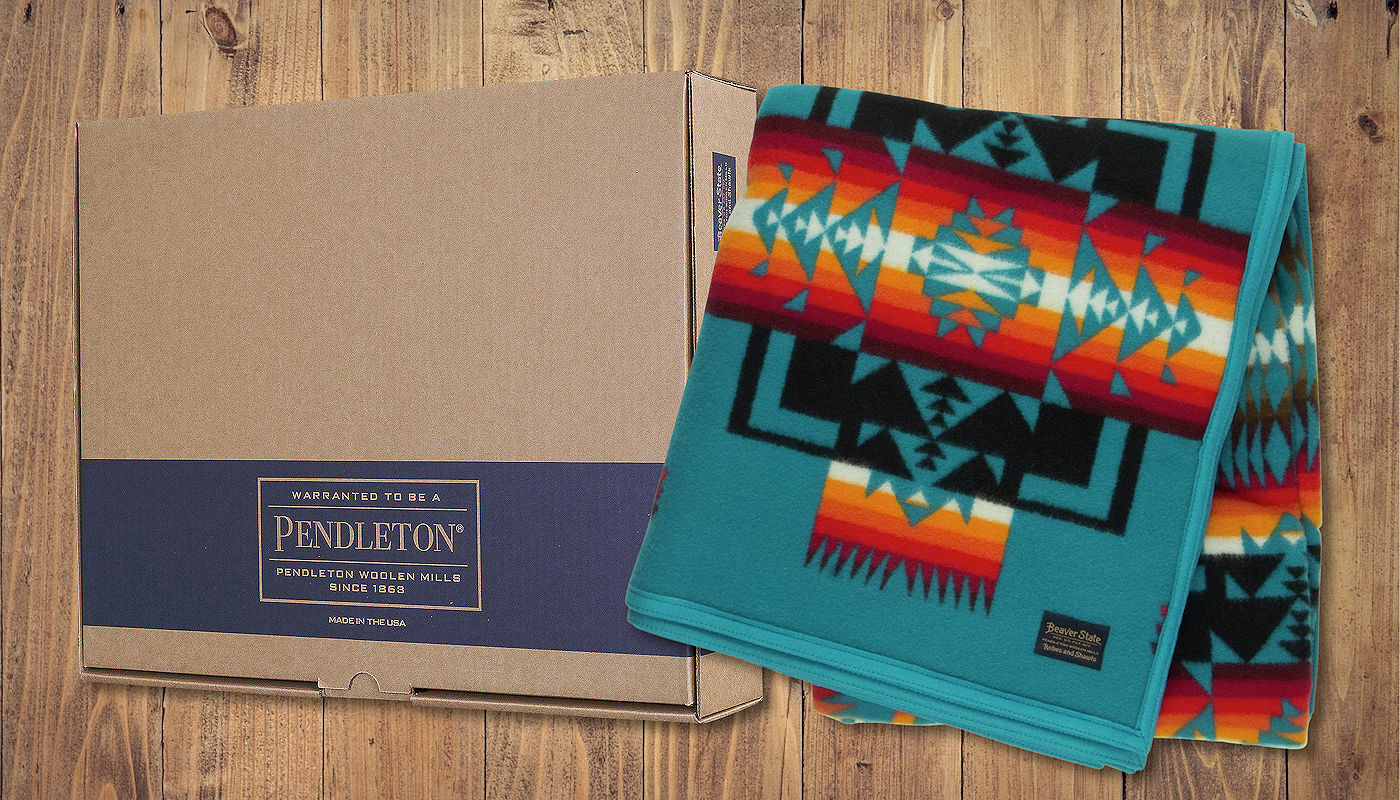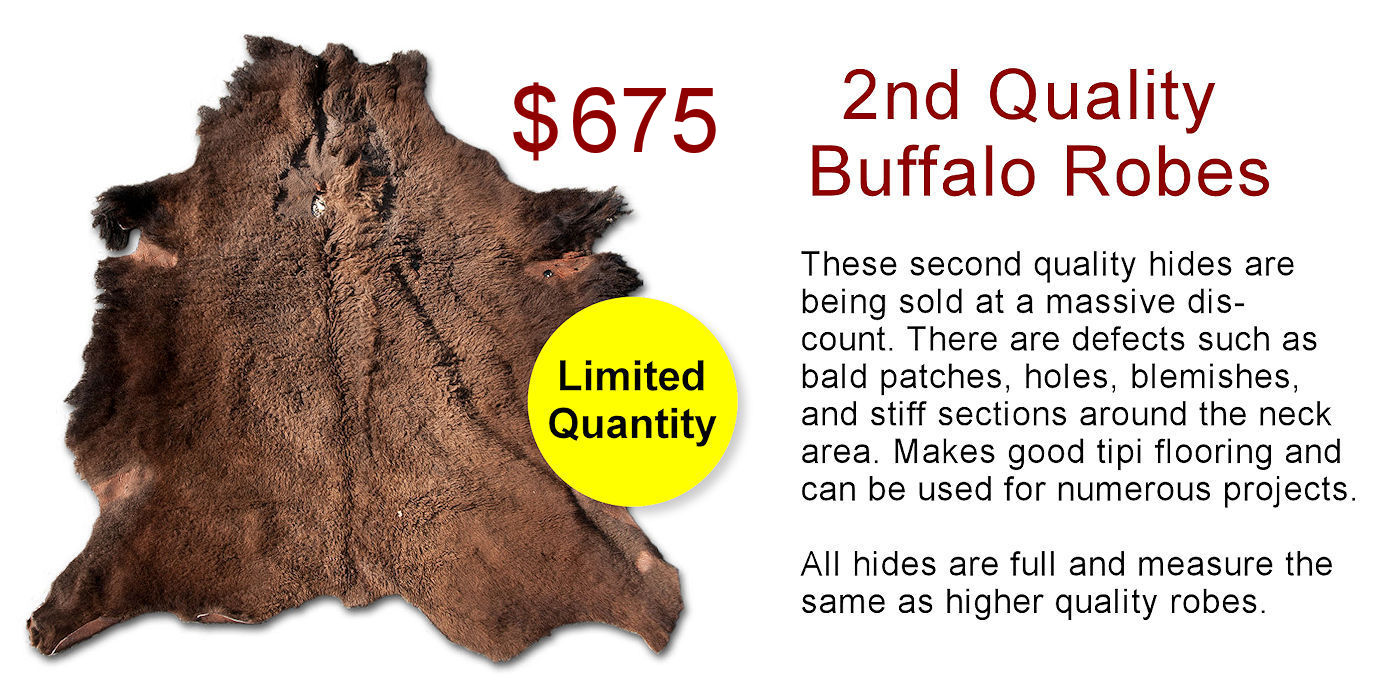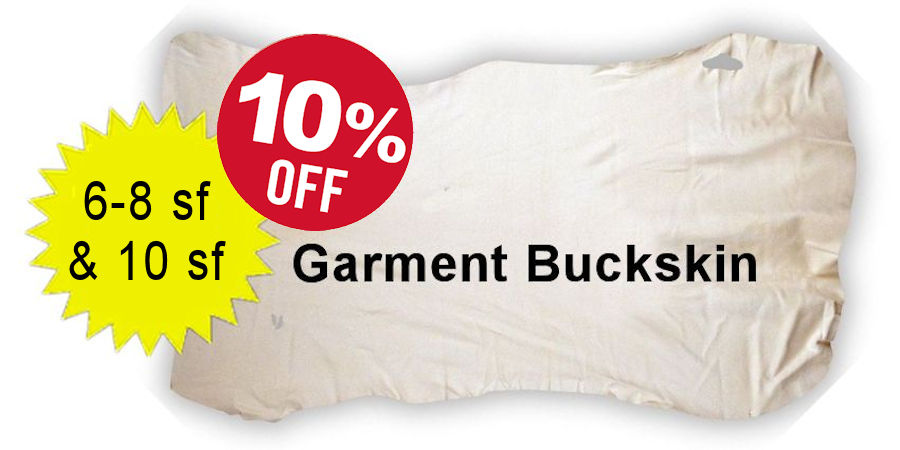

Remove Mothball Odors
Keeping Your Wool Blanket Free of Moths & Smelling Good!
By Crazy Crow Trading Post ~ May 30, 2010
Remove Mothball Odors
Keeping Your Wool Blanket Free of Moths & Smelling Good!
By Crazy Crow Trading Post ~ May 30, 2010
If you are using the words “wool cloth or blankets, feathers and storage” in the same paragraph, chances are some sort of mothballs have been in use somewhere in your life, and the question “how do I remove mothball odors” has occurred to you.
Moth damage occurs during storage or when wool (or other susceptible articles) are not moved or worn on a regular basis. Clothes moths, which are small buff-colored moths, choose dark, quiet, undisturbed places to lay eggs. It’s the moth larvae that feed on wool, not the adult moths!
What are mothballs?
Mothballs are a fumigant used to protect clothing and other articles that are attacked by mice, silverfish, clothes moths and moth larvae. Napthalene is the older ingredient, while the more modern type is para-dichlorobenzene, or p-DCB. This is the same thing that is used in cakes for toilets and urinals and it also helps cut down on mold and mildew.
Both of these chemicals have a strong smell and are highly volatile, but they eventually evaporate when kept at room temperature. While para-di mothballs normally evaporate in a about one month, naphthalene can often take many months to dissipate.
Many Ways to Remove Mothball Odors
Now that that the mothball smell is gone
You will still have times you need to store your wool and other items susceptible to moth damage. What to do and not repeat the moth ball smell cycle? Probably the best thing you can do to prevent moths (and their larvae) from getting to your wool is storing it in airtight containers. Plastic storage bags or boxes, especially the vacuum seal type, will deprive the insects of the oxygen they need and don’t require chemicals.
Moth damage to wools mainly occurs during storage or when wool articles are not moved or worn on a regular basis. Clothes moths choose dark, quiet, undisturbed places to lay the eggs that turn into the wool or feather eating larvae.
Brush wool items that are in active use on a regular basis – a lint brush or nylon bristled clothes brush works well for this. Most importantly, clean wool articles before placing in storage. Soiled wools (even those which have picked up invisible body oils) are more likely to attract moths. Both dry cleaning and laundering will remove any moth eggs or larvae. After cleaning, store wools in an airtight bag or container.
More Wool Care Ideas
Crazy Crow Articles
Current Crow Calls Sale
November – December
SAVE 10%-25% on popular powwow, rendezvous, historic reenactor, bead & leather crafter supplies, second quality buffalo robes for special projects, bison splits & buckskin, Native American Design Fleece Blankets, Patterns, Carbon Steel Blades, Fan & Roach Feather Cases, beading kits, leather beading tools, camp utensils, huge selection of imported beadwork in Czech beads, strung fluffs, dream catcher kits, large floral fringed scarf and embroidered cashmere wraps, and much more.

















